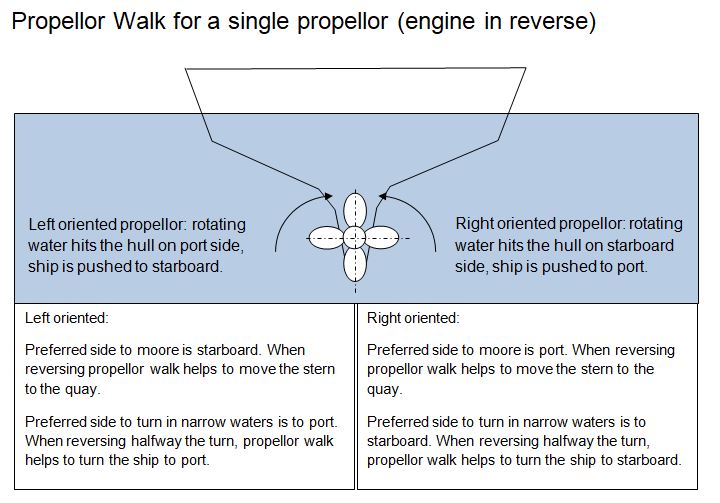|
Saildrive
A saildrive is a transmission system for a boat whose inboard engine has a horizontal output shaft. The saildrive's input shaft is therefore also horizontal. That input shaft is geared so as to drive a vertical intermediate shaft extending downward through the hull. The intermediate shaft is then geared so as to drive a horizontal propeller shaft mounted on a skeg outside the hull. The transitions from horizontal to vertical and then back to horizontal can be seen as a Z shape, and saildrives are indeed similar to the Z-drive transmissions used on larger vessels. The difference between a saildrive and a Z-drive is that a saildrive's propeller shaft is fixed in place, pointing aft, whereas a Z-drive's propeller shaft can be rotated to any azimuth. Traditional sailboat transmissions consist of a simple horizontal output shaft extended rearward from the engine, through the stern via a stuffing box. The saildrive has several advantages over the traditional sailboat transmissio ... [...More Info...] [...Related Items...] OR: [Wikipedia] [Google] [Baidu] |
Skeg
A skeg (or skegg or skag) is a sternward extension of the keel of boats and ships which have a rudder mounted on the centre line. The term also applies to the lowest point on an outboard motor or the outdrive of an inboard/outboard."A small fin fitted aft of the keel to protect the rudder and propeller, and improve steering and tracking." "Skeg, or Skegg. A projecting stump formerly left on the keel, abaft the stern-post. The after-end of the keel. The composition piece supporting the heel of an equipoise rudder." at Internet Archive In more recent years, the name has been used for a fin on a surfboard which improves directional stability and to a movable fin on a kayak which adjusts the boat's centre of lateral resistance (it moves the center of resistance relative to the center of effort). The term is also often used for the fin on water skis in the U.S. It has been used for the vertical fin on seaplane hulls and floats. The wear-bar on the bottom of snowmobile ski may als ... [...More Info...] [...Related Items...] OR: [Wikipedia] [Google] [Baidu] |
Z-drive
A Z-drive is a type of marine propulsion unit. Specifically, it is an azimuth thruster. The pod can rotate 360 degrees allowing for rapid changes in thrust direction and thus vessel direction. This eliminates the need for a conventional rudder. The Z-drive is so named because of the appearance (in cross section) of the mechanical driveshaft or transmission configuration used to connect the mechanically supplied driving energy to the ''Z-Drive'' azimuth thruster device. This form of power transmission is called a Z-drive because the rotary motion has to make two right angle turns, thus resembling the letter "Z". This name is used to differentiate the arrangement of drive to that of the L-drive. It does not refer to an electric motor in a rotating pod. The device is different from the Voith-Schneider marine propulsion system (also mechanically linked), which can also quickly change the direction of thrust, as the ''Z-drive'' uses a shrouded conventional screw A screw and ... [...More Info...] [...Related Items...] OR: [Wikipedia] [Google] [Baidu] |
Stuffing Box
A stuffing box or gland package is an assembly which is used to house a gland seal. It is used to prevent leakage of fluid, such as water or steam, between sliding or turning parts of machine elements. Components A stuffing box of a sailing boat will have a stern tube that is slightly bigger than the prop shaft. It will also have packing nut threads or a gland nut. The packing is inside the gland nut and creates the seal. The shaft is wrapped by the packing and put in the gland nut. Through tightening it onto the stern tube, the packing is compressed, creating a seal against the shaft. , WindCheck Magazine, Retrieved April 27, 2016. Creating a proper plunger alignment is critical for correct flow and a long wear life. Stuffing box components are of stainless steel, brass or other application-specific ... [...More Info...] [...Related Items...] OR: [Wikipedia] [Google] [Baidu] |
Propeller Walk
Propeller walk (also known as propeller effect, wheeling effect, paddle wheel effect, asymmetric thrust, asymmetric blade effect, transverse thrust, prop walk) is the term for a propeller's tendency to rotate about a vertical axis (also known as yaw motion). The rotation is in addition to the forward or backward acceleration. Knowing of and understanding propeller walk is important when maneuvering in small spaces. It can be used to one's advantage while mooring off, or it can complicate a maneuver if the effect works against the pilot. Effect A propeller is called right-handed if it rotates clockwise in forward gear (when viewed from the stern). A right-handed propeller in forward gear will tend to push the stern of the boat to starboard (thereby pushing the bow to port and turning the boat counter-clockwise) unless the rotation is corrected for. In reverse gear, the turning effect will be much stronger and with opposite direction (pushing the aft to port ... [...More Info...] [...Related Items...] OR: [Wikipedia] [Google] [Baidu] |



